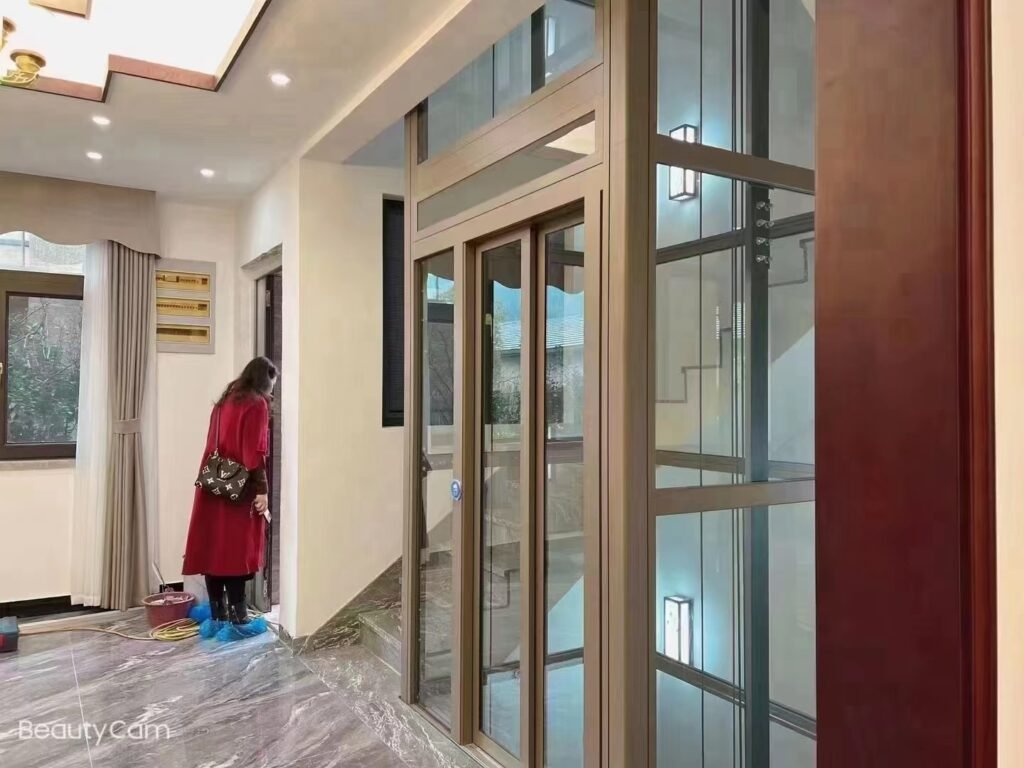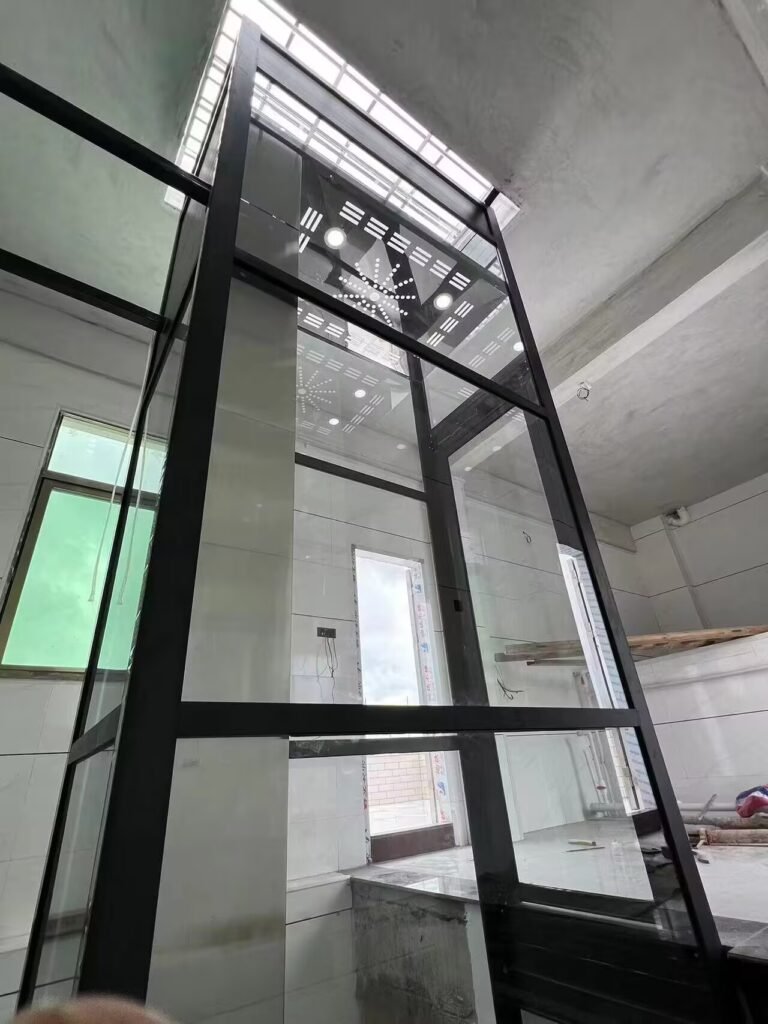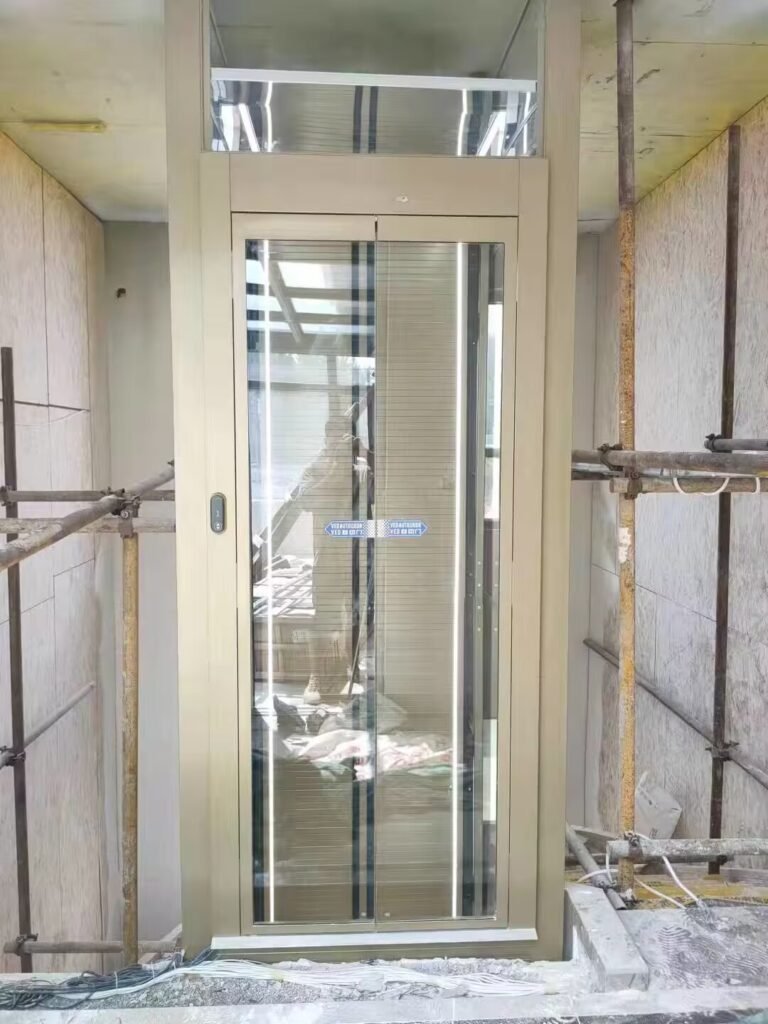Home lifters are transforming residential mobility by offering cost-effective, space-efficient solutions tailored to aging populations and urban living challenges. As the global demand for aging-in-place and multi-generational housing grows, the home lifters market is projected to expand at a CAGR of 7.2% from 2025 to 2035, reaching $18.9 billion by 2035. This article explores the technological advancements, regional adoption trends, and economic factors driving the home lifters industry, alongside its challenges and future opportunities.
Market Overview: Demand Drivers and Key Segments
The home lifters market is fueled by three core factors: aging demographics, urbanization, and advancements in compact design technology. By 2030, over 20% of the global population will be aged 60+—a key demographic driving demand for residential accessibility solutions. Home lifters, including stairlifts, wheelchair lifts, and modular elevators, address these needs with adaptable installations requiring minimal structural changes.
Key segments include:
Stairlifts: Dominating 45% of the market, these systems are critical for aging-in-place retrofits. Prices range from 3,000to15,000, depending on stair configuration.
Platform lifts: Growing at 6% CAGR, these cater to wheelchair users in multistory homes.
Compact elevators: Screw-driven and pneumatic models reduce spatial requirements by 40%, ideal for urban apartments.
Asia-Pacific leads adoption, with China and India accounting for 55% of new installations due to rapid urbanization and government subsidies. Europe focuses on energy-efficient designs, while North America prioritizes ADA-compliant retrofits.

Technological Innovations: Smart and Sustainable Designs
Modern home lifters integrate IoT, AI, and sustainable materials to enhance safety and affordability. Examples include:
Smart diagnostics: Brands like Acorn and Stannah use IoT sensors to predict maintenance needs, reducing downtime by 30%.
Solar-powered lifts: German company Lifton’s solar stairlifts cut energy costs by 50%, ideal for off-grid homes.
Foldable platforms: Japan’s Fuji Medical Engineering developed collapsible wheelchair lifts that occupy 60% less space.
These innovations align with the global shift toward smart homes and net-zero emissions. For instance, Savaria’s “EcoFit” elevator uses 85% recyclable materials, appealing to eco-conscious consumers.

Regional Dynamics: Contrasting Adoption Patterns
Asia-Pacific: The policy on retrofitting old neighbourhoods provides subsidies of up to $200,000 for a single unit that,Domestic brands like Sincere Elevator dominate with low-cost models.
North America: The U.S. accounts for 38% of regional sales, driven by Medicare grants covering 50% of stairlift costs for seniors.
Europe: Germany and Sweden lead in sustainable designs, with Aritco’s hydropneumatic lifts reducing energy use by 35%.
Cost and Accessibility Challenges
Despite growth, high upfront costs remain a barrier. The average price of home lifters ranges from 5,000 for basic stair lifts to 50,000 for full elevators. However, financing models are bridging gaps:
Lease-to-own programs: Brands like Harmar offer $99/month plans for stairlifts.
Government subsidies: Singapore’s EASE program covers 80% of installation costs for seniors.
Safety regulations also vary globally. In India, lax enforcement leads to substandard products, while the EU mandates EN 81-41 certification for all residential lifts.

Future Trends: Democratizing Accessibility
Emerging technologies promise to reshape the home lifters landscape:
AI voice control: Future models may integrate multilingual voice commands, expanding accessibility for disabled users.
3D-printed components: Startups like LIFT3D aim to reduce production costs by 25% by 2030.
Hybrid solutions: South Korea’s trials of stair-climbing robots paired with platform lifts highlight next-gen retrofitting.
Home lifters are redefining residential accessibility, merging innovation with inclusivity. As urbanization and aging populations intensify demand, advancements in smart technology and sustainable design will propel the industry forward. For households worldwide, adopting home lifters is no longer a luxury but a necessity for safe, independent living.





